After the big brands like adidas and Under Armour unveiled their respective initiatives to 3D print performance sneakers, Chinese brand PEAK has entered the fold with its own 3D printed runner: the PEAK Fly V 3D.
While almost nothing is known yet about the PEAK Fly V 3D, the shoe utilizes a lattice-structured 3D printed midsole and seems like a finalized concept (the trailer below shows the sneaker in action). Paired with durable rubber on its outsole and PEAK’s Multi-Core system, the shoe certainly looks the part.
No launch date has been announced so when we have more information about the PEAK Fly V 3D we’ll update you. For now, what do you think about PEAK’s foray into the still-infant 3d printed sneaker market?
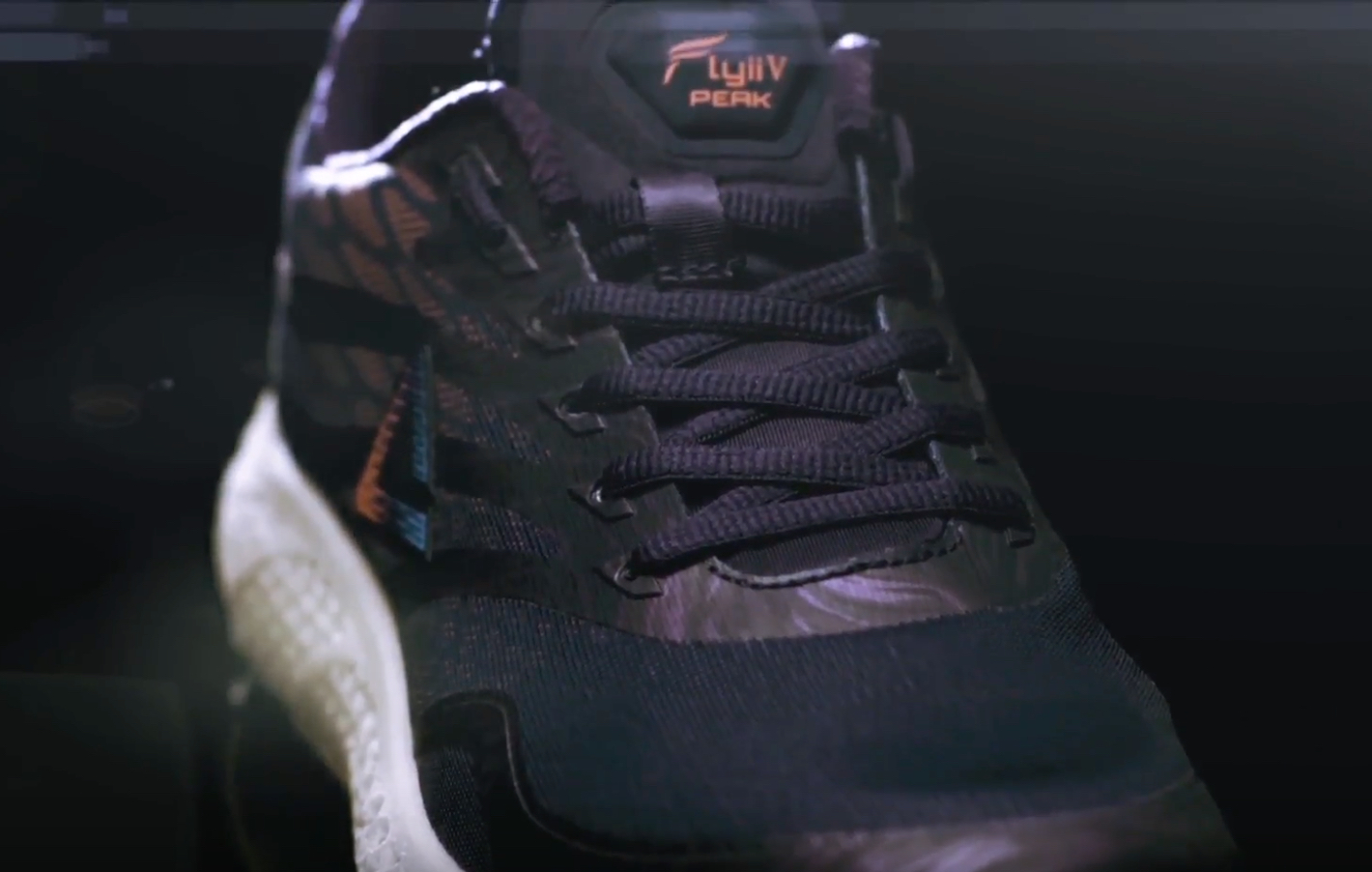
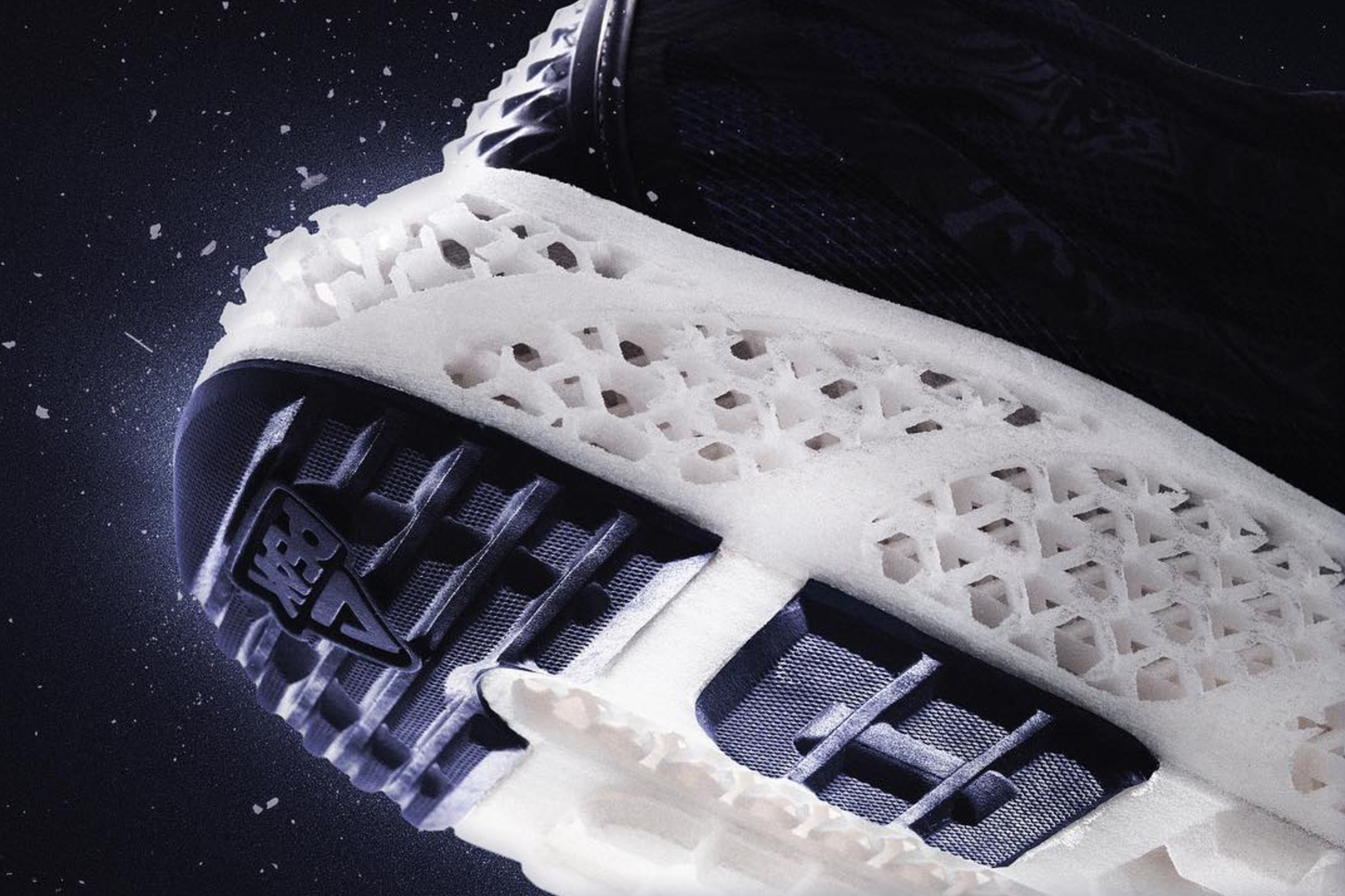
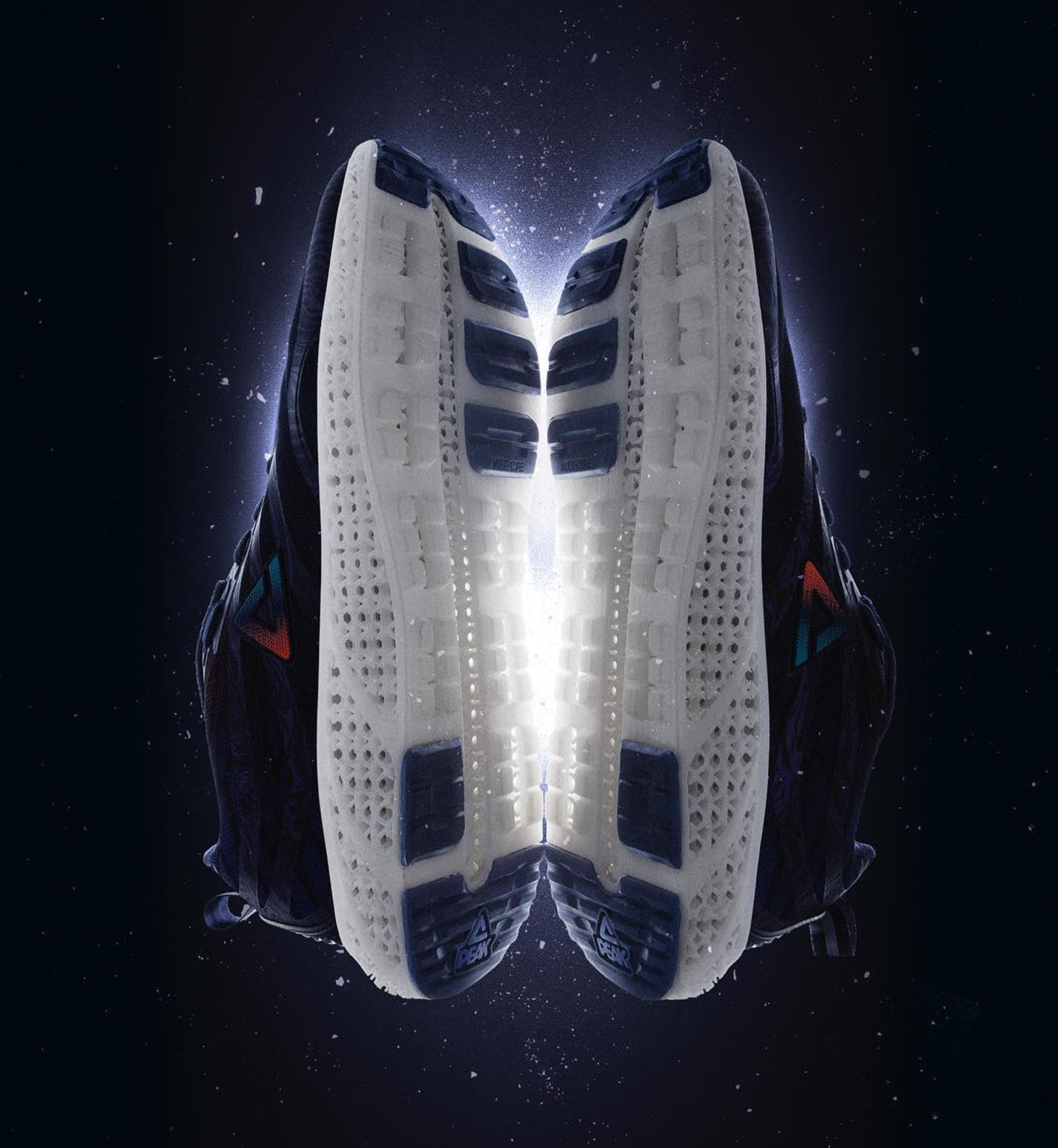
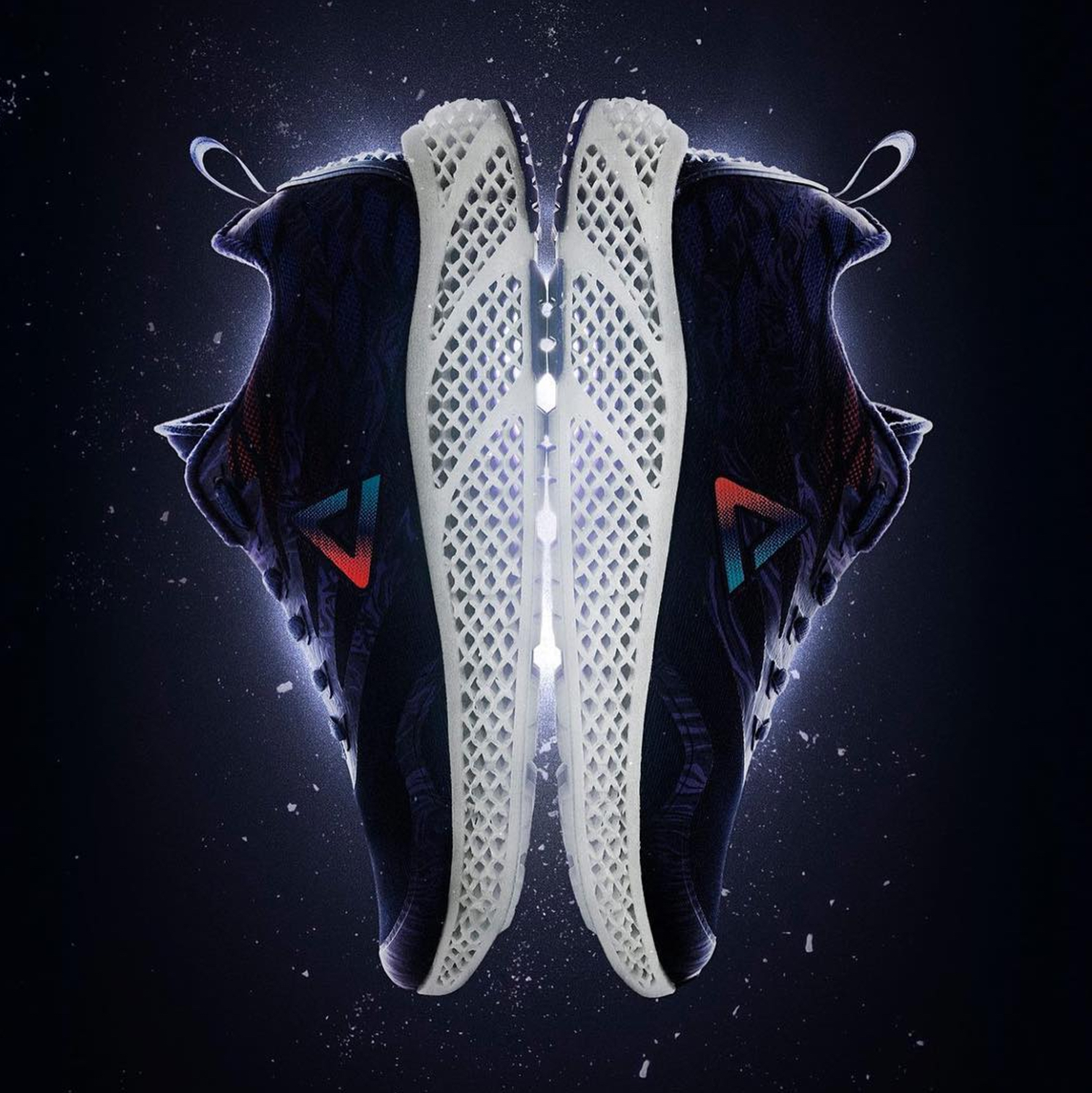
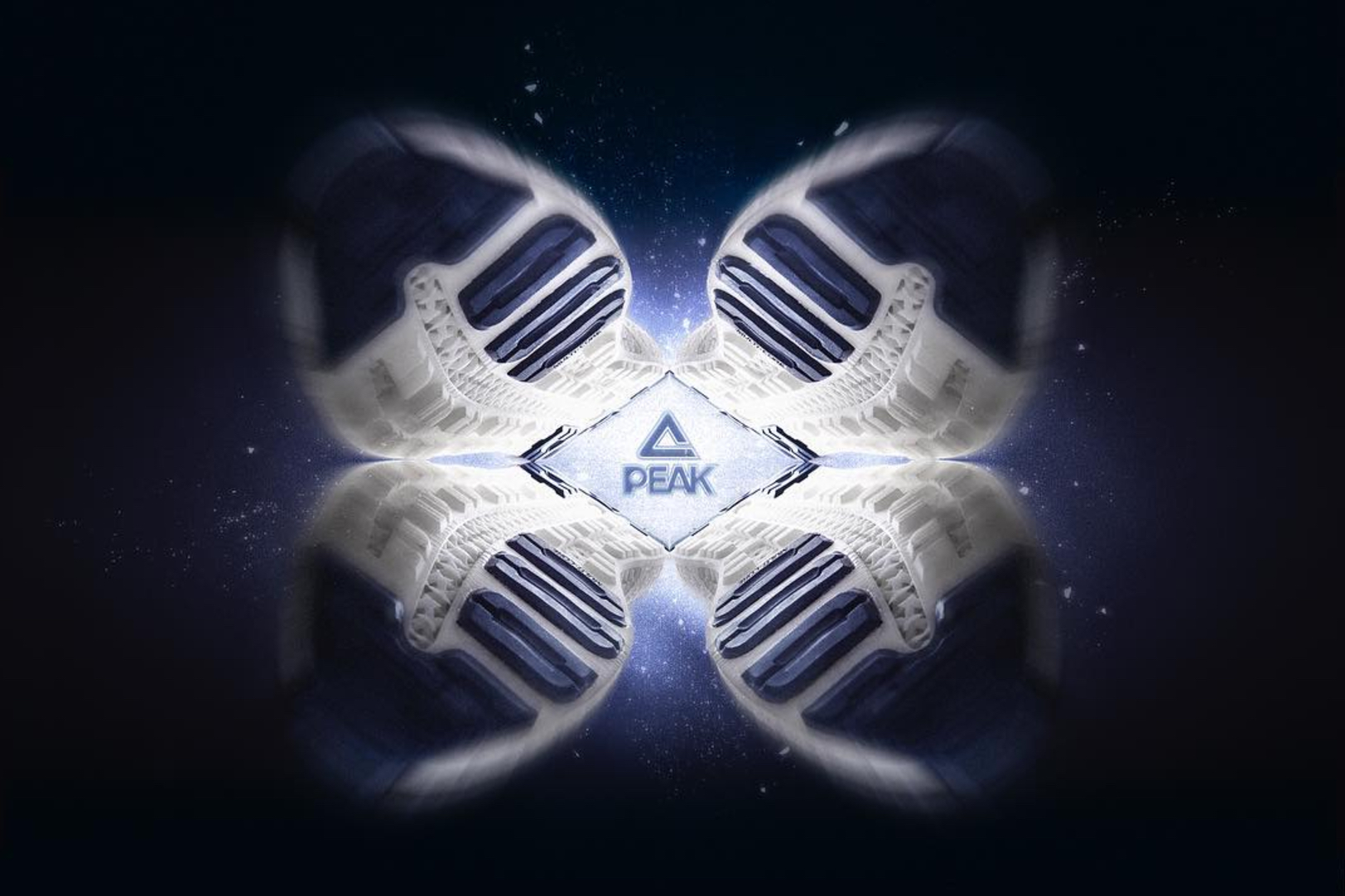
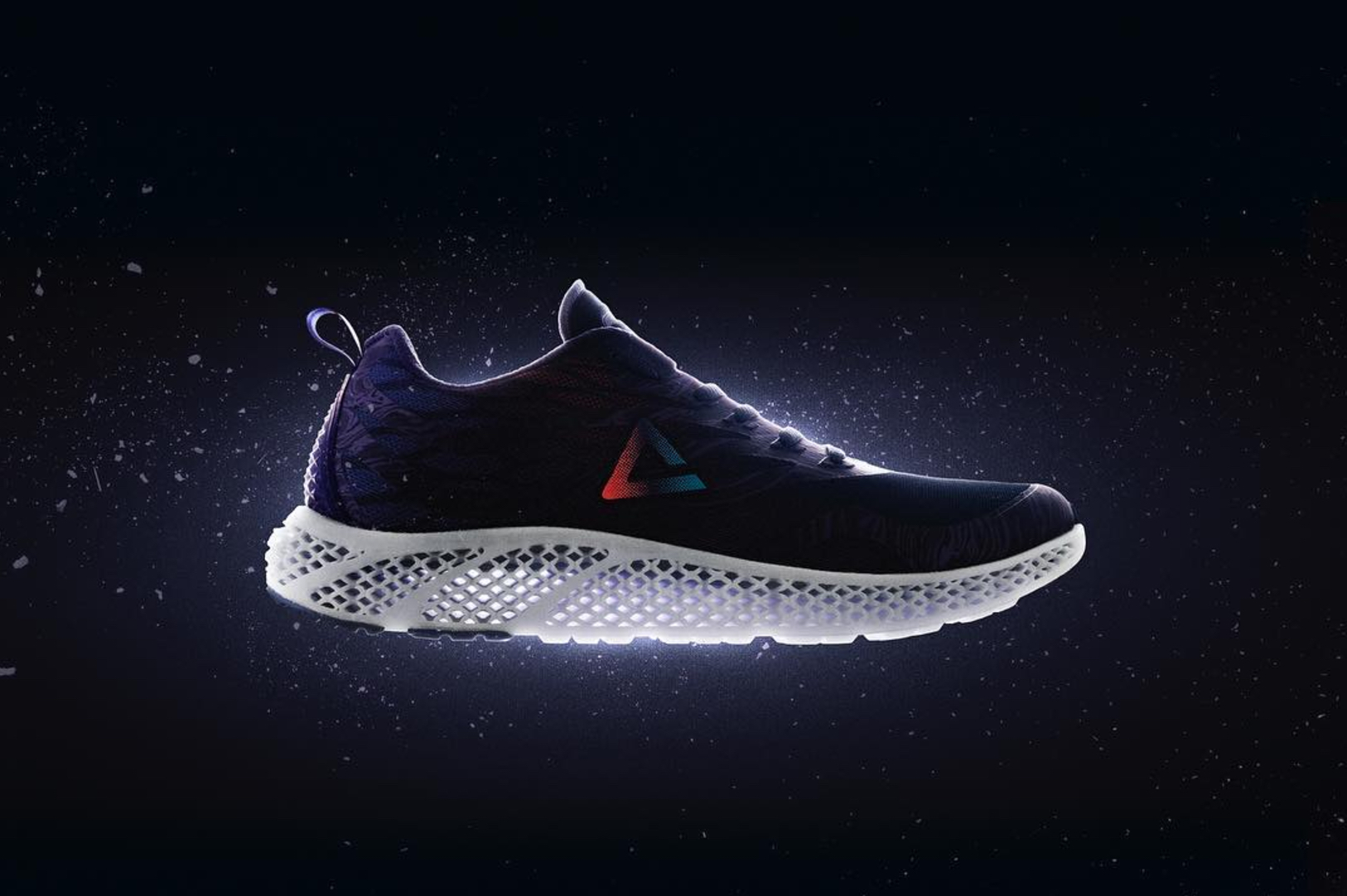
Images via


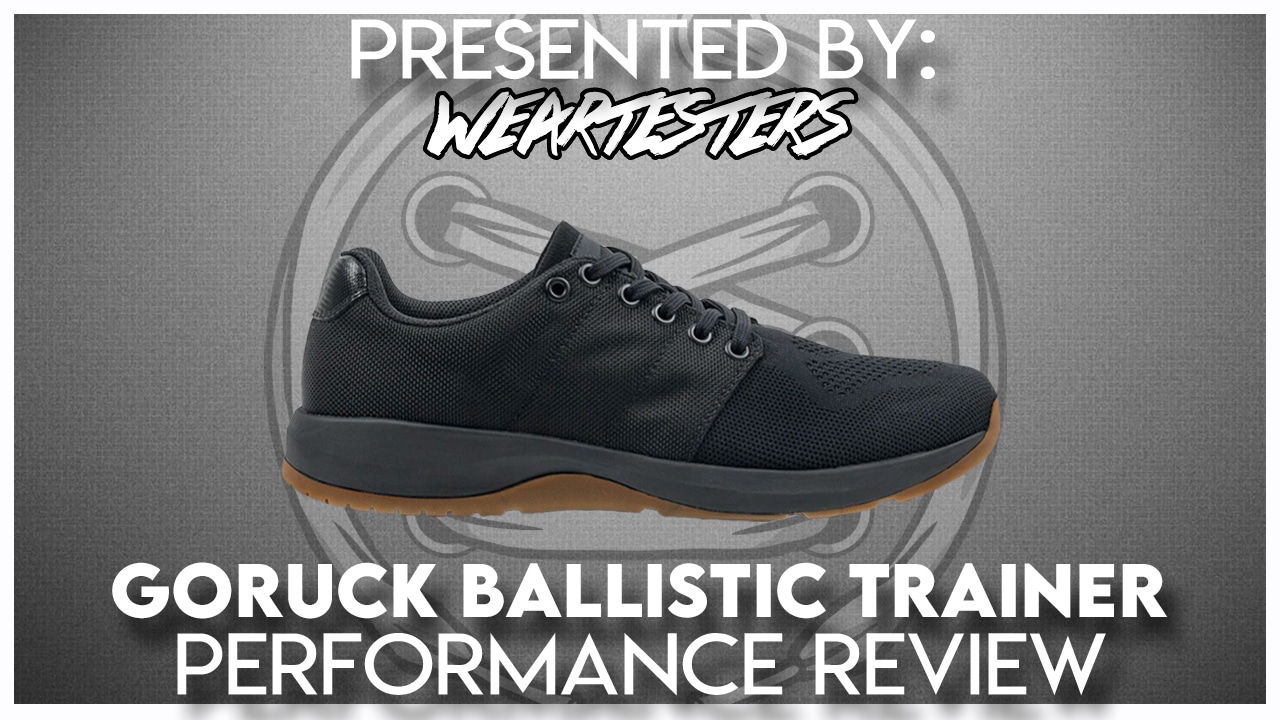
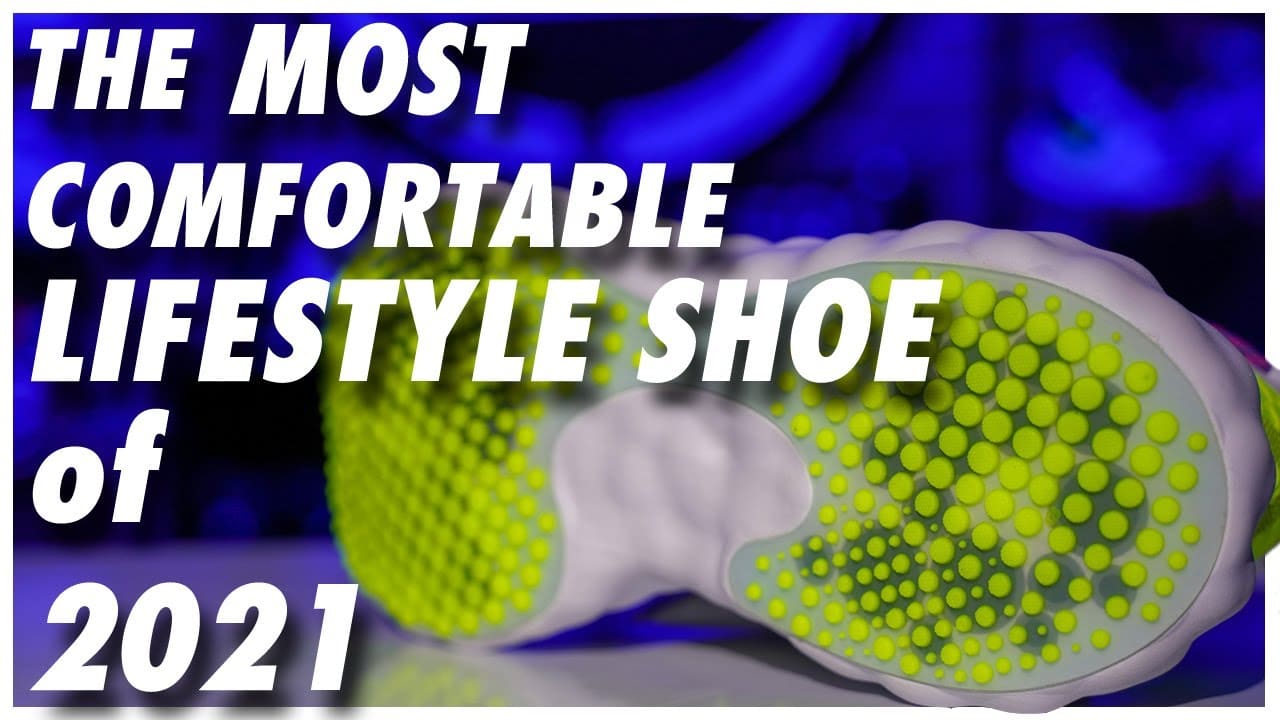
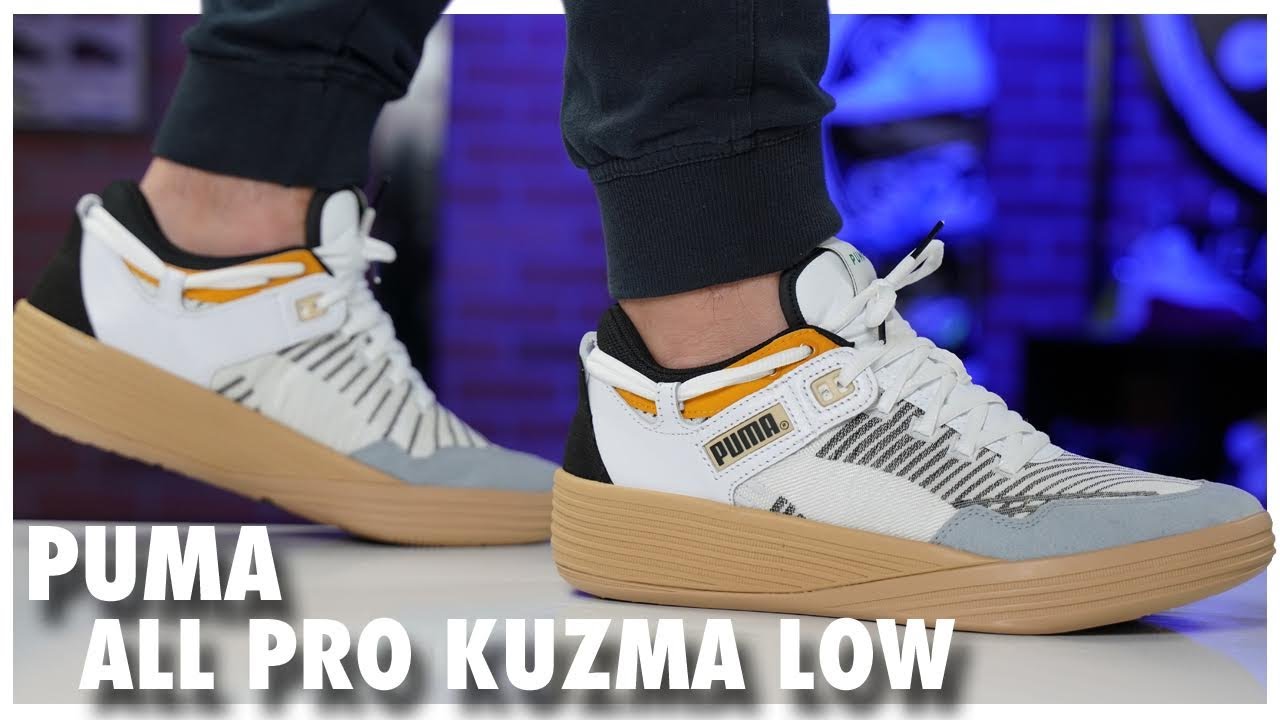
Yet another adidas knock off, but, still cool though, could come in clutch and save you hundreds of dollars.
I see lots of people saying “this is a knockoff” or “what a copycat” and stuff but sheesh, let up a bit, the human foot isn’t gonna change shape any time soon, so there’s a limited amount of silhouettes
3D printing is the future. People were 3D printing before ///, they’ll be 3D printing after ///. Every brand besides Nike seems to be working on 3D printing sneakers…
I’m surprised that got into the 3d already. Good for Peak.
Seems like Nike and JB lagging behind…but I thought they were the “leaders in innovation?”
There’s hardly a statement to be made about 3D-printing a shoe. Puma, NB, even Skechers could afford to showcase a 3D-printed shoe but it doesn’t prove anything. People can 3D print more of anything as time passes. Up until this point 3D-printed vehicles and firearms have already been achievable. File-sharing 3D print designs is already a thing, too. In a sense that can make it look cheap over time as 3D printers just get better and more obtainable on the consumer level with.
The real point to be made is what brands can actually do with 3D printing if they choose to utilize it. Intricate lattice structures for midsole setups haven’t proven to be superior in any way, despite the potential. Energy consumption and production volume/time are other factors, too. It’s hard to say that there’s an actual need for 3D printing when it comes to shoes. The most popular uppers are made with textiles instead of composites or solid materials. Cushions are more advanced if they can act more dynamically against multiple types of load applications (like Charged). Traction patterns are mostly based on material, and herringbone (at least for basketball) remains virtually undefeated in all-around effectiveness and longevity.
Nike could do this. Could’ve done it first as well. They didn’t avoid it to cut costs (if anything they could’ve dropped some hype product out of it as well), but it’s not going to take anything to another level. The upcoming ACG 07 CMTR on the other hand is a legitimately forward-thinking concept into future closure methods.
Looks awesome.
I agree!
Looks better than the Architech to me at least.